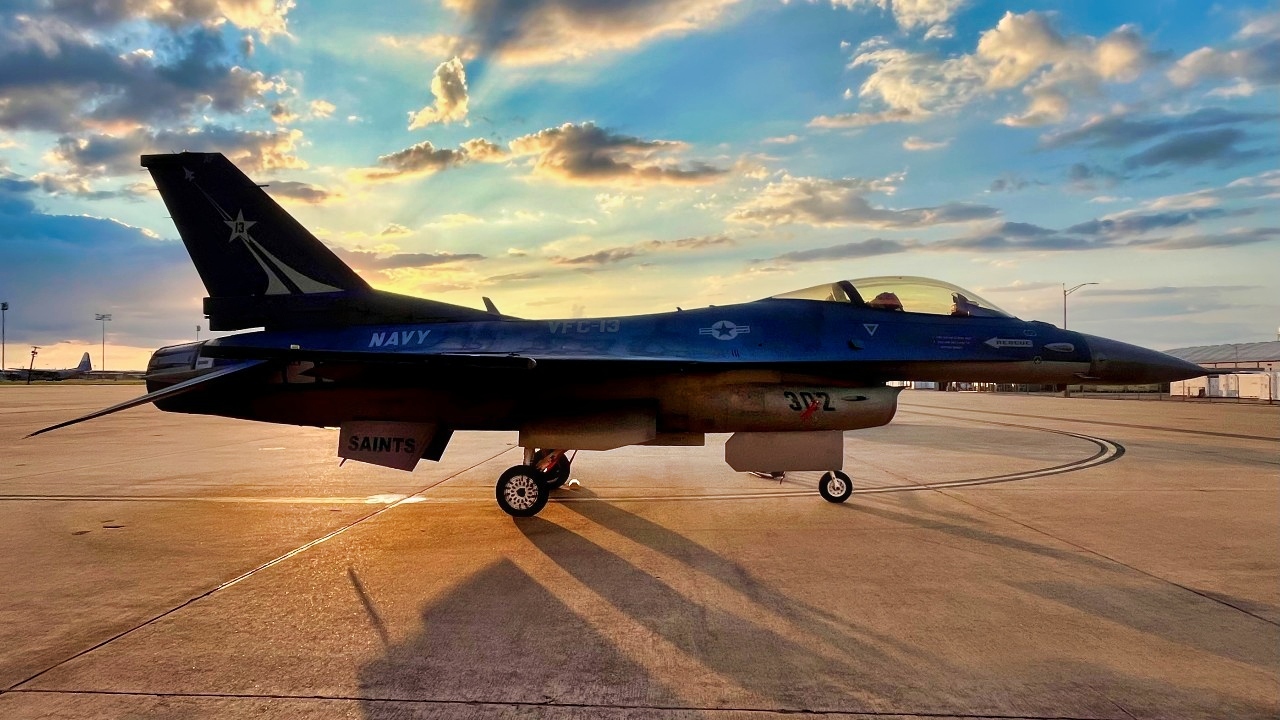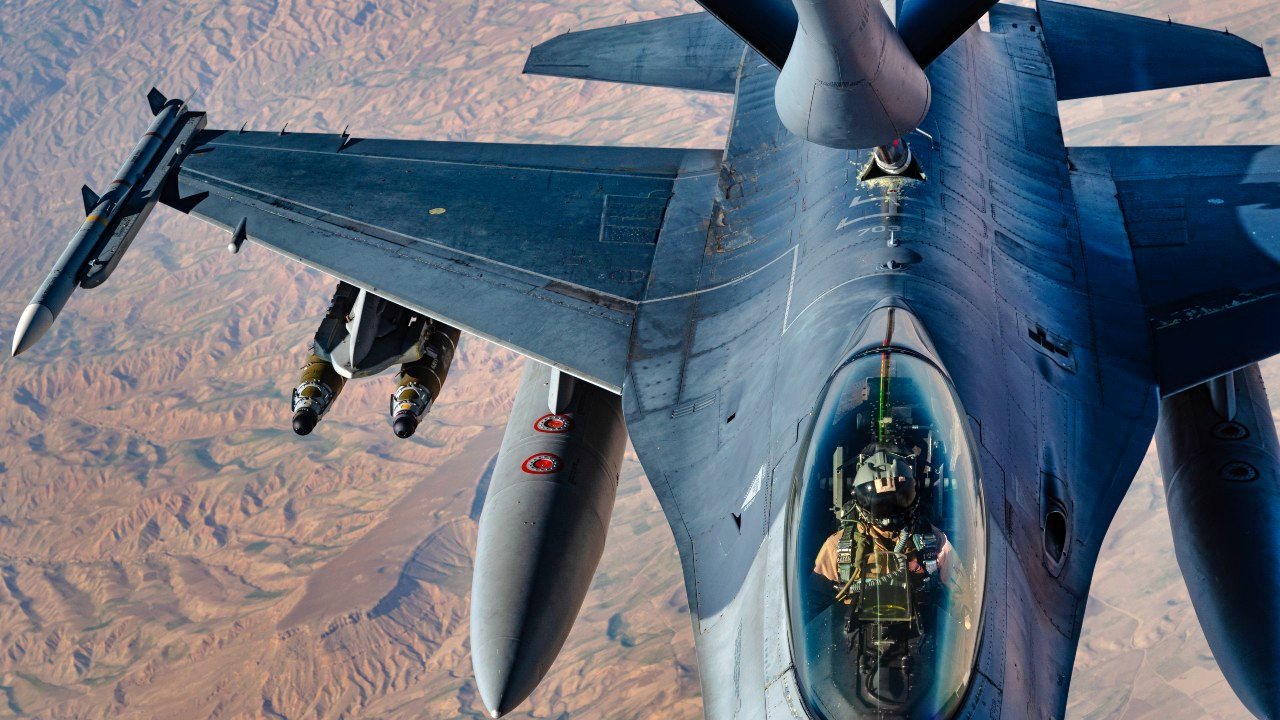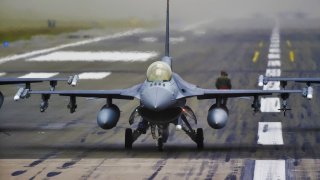Beginning of the End For the F-16 Fighter?
The U.S. Air Force is retiring its oldest F-16 Fighting Falcons but will keep the newer Block 40 and Block 50 models operational until at least the early 2040s, with ongoing upgrades to maintain combat effectiveness.
What You Need to Know: The U.S. Air Force is retiring its oldest F-16 Fighting Falcons but will keep the newer Block 40 and Block 50 models operational until at least the early 2040s, with ongoing upgrades to maintain combat effectiveness.

-While the Air Force isn't acquiring new F-16s, Lockheed Martin continues to produce advanced variants for international customers, with production expected through the decade's end. On September 20, 2024, Luke Air Force Base in Arizona graduated its final class of F-16 pilots, ending nearly five decades as a training hub for the aircraft.
-The base will now focus exclusively on F-35A Lightning II training, with future F-16 pilot training relocating to Holloman Air Force Base in New Mexico.
From F-16s to F-35s: Luke Air Force Base's Big Transition
The United States Air Force announced last year that it will retire its oldest F-16 Fighting Falcons, but the service expects its newer Block 40 and Block 50 models to remain in service until at least the early 2040s while receiving upgrades and other enhancements to allow the aircraft to retain their edge in combat.
Though the U.S. Air Force is now longer acquiring new F-16s, Lockheed Martin – which now produces the all-weather multirole fighter – is producing the latest variants for foreign customers around the world. Production is on track to continue through the end of the decade.
Despite that fact, it could be argued that the "beginning of the end" for the venerable aircraft that first took flight 50 years ago this past January was signaled last month. On Monday, Luke Air Force Base (AFB), Arizona, announced that it had graduated the final Fighting Falcon pilots.
The base had served as a training hub for F-16 pilots for nearly five decades, but on September 20, 2024, the 309th Fighter Squadron saw its final class complete their training. Luke AFB's 56th Fighter Wing will now shift "exclusively to F-35A Lightning II training," the base announced. "This change will involve updating programs, remodeling infrastructure, and dismantling F-16 equipment to prepare for F-35 operations."
The 56th FW is the largest fighter wing in the world, and it serves as the U.S. Air Force's "primary active-duty fighter pilot training wing," and "as part of Air Education and Training Command," is home to both "F-35A Lightning II and F-16 Fighting aircraft." It graduates "more than 400 pilots and 300 air control professionals annually," the base noted on its website.
Luke AFB has been an F-16 training base for more than 40 years, and future training for U.S. Air Force F-16 pilots will be moved to Holloman AFB, New Mexico.
"It's more of a transition, you know fighter training is not going away from Luke, the 309th fighter squadron is not going away, we're just transitioning to the F-35 and it's more of a modernization than an end," Lt. Col. Mike Ress told 12News in Arizona.

That transition actually began in July 2023, when the 309th FS began an F-16 "block swap" with the 49th Wing at Holloman AFB's 49th Wing. It entailed an exchange of aircraft with different upgrades and capabilities – with the former base providing its more advanced Block 42 Fight Falcons in exchange for the older Block 40 variants. The 309th FS has operated as "an active squadron at Luke AFB since April 1, 1994."
As of July 2023, there were 935 operational F-16 Fighting Falcons in the U.S. Air Force's fighter fleet. It was in January 1974 that the aircraft made its maiden flight, and it officially entered service on August 17, 1978.
Author Experience and Expertise: Peter Suciu
Peter Suciu is a Michigan-based writer. He has contributed to more than four dozen magazines, newspapers, and websites with over 3,200 published pieces over a twenty-year career in journalism. He regularly writes about military hardware, firearms history, cybersecurity, politics, and international affairs. Peter is also a Contributing Writer for Forbes and Clearance Jobs. You can follow him on Twitter: @PeterSuciu. You can email the author: [email protected].
Image Credit: Creative Commons and/or Shutterstock.


